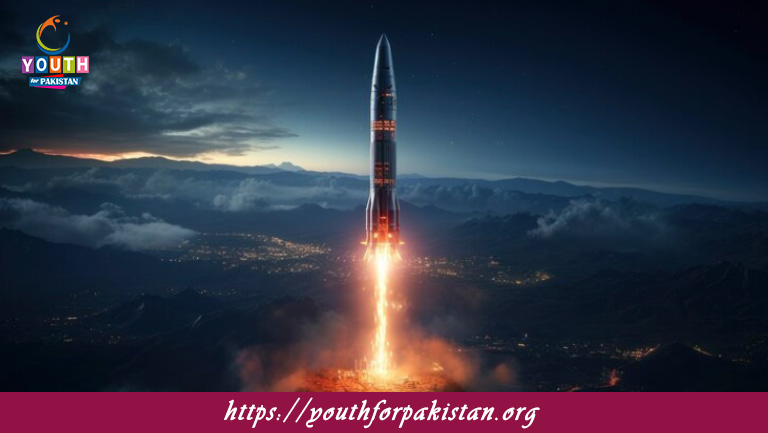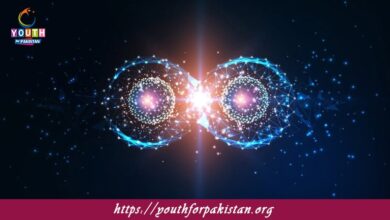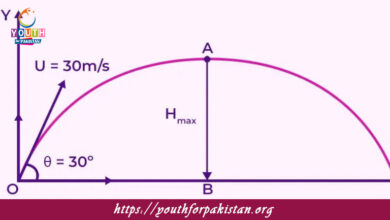Newton’s Third Law Of Motion MDCAT Quiz with Answers

Newton’s Third Law Of Motion MDCAT Quiz is among those principles of physics that are well known and highly relevant for MDCAT students preparing for the medical and dental entrance exam. The law states that for every action, there is an equal and opposite reaction. In other words, whenever an object exerts a force on a second object, the second object exerts a force of equal magnitude but in the opposite direction on the first object. This principle is fundamental to the interaction of forces, hence it is a critical topic in the MDCAT Quiz.
Understanding Newton’s Third Law of Motion
Newton’s Third Law applies to all interactions between objects, be it with contact forces—such as pushing or pulling—or forces at a distance, such as gravitational or magnetic forces. The classic example is the rocket: as the engines expel gas downwards, an equal and opposite reaction force propels the rocket upwards. This law also explains why you feel a pushback when you push against a wall. In problems involving MDCAT, identification of action-reaction force pairs is very important; one must realize that the forces are exerted on different objects, not on the same one.
MDCAT Quiz: Newton’s Third Law of Motion Questions
Many of the questions on the MDCAT Quiz involving Newton’s Third Law involve its real-life applications in calculating forces, particularly in systems where objects interact with each other. For example, students might be asked to find the force exerted by a car’s tires on the road and the corresponding reaction force of the road on the tires. Other scenarios include analyzing the motion of objects in systems where forces are exchanged, like pulling a rope or colliding objects. By practicing these problems, MDCAT students come to understand the practical implications of the law and develop a systematic approach to answering questions about forces.
- Test Name: Newton’s Third Law Of Motion MDCAT Quiz
- Type: Quiz Test
- Total Questions: 30
- Total Marks: 30
- Time: 30 minutes
Note: Answer of the questions will change randomly each time you start the test, once you are finished, click the View Results button.
Free Flashcards for Newton’s Third Law of Motion
The free flashcards, by detailing the applications and principles of Newton’s Third Law of Motion, can be extremely helpful in mastering this aspect of physics for MDCAT students. Flashcards enable students to memorize key examples, such as the action-reaction forces involved in propulsion systems or collisions. They also give reinforcement on implications of the law, such as the fact that action-reaction pairs always act on different objects. This will result in a greater ability to solve questions on Newton’s Third Law in the MDCAT Quiz by regularly going through these flashcards and increase one’s confidence in tackling problems involving the interaction of forces.

Newton's Third Law of Motion states that for every action there is an __________ reaction.
equal and opposite

The reaction force to a person jumping off a boat is the boat __________.
moves in the opposite direction

The forces of action and reaction described in Newton’s Third Law are __________.
equal in magnitude and opposite in direction

If you exert a force on an object, the object __________.
exerts an equal force in the opposite direction

The force on the Earth due to the action of a rocket’s thrust is __________.
equal and opposite to the rocket's force

The reaction to the force exerted by the Earth on an object is __________.
the force exerted by the object on the Earth

According to Newton’s Third Law, the force you exert on the ground while jumping is matched by __________.
an equal force exerted by the ground on you

When a hammer hits a nail, the nail exerts a force on the hammer that is __________.
equal in size and opposite in direction

The force a swimmer exerts on the water is equal and opposite to the force exerted by __________.
the water on the swimmer

In a collision, the force exerted by object A on object B is __________.
equal and opposite to the force exerted by object B on object A

The reaction force when you jump off a trampoline is the force exerted by __________.
the trampoline on you
Experience the real exam environment with our expertly designed collection of over 25,000 MCQs MDCAT Mock Tests.





